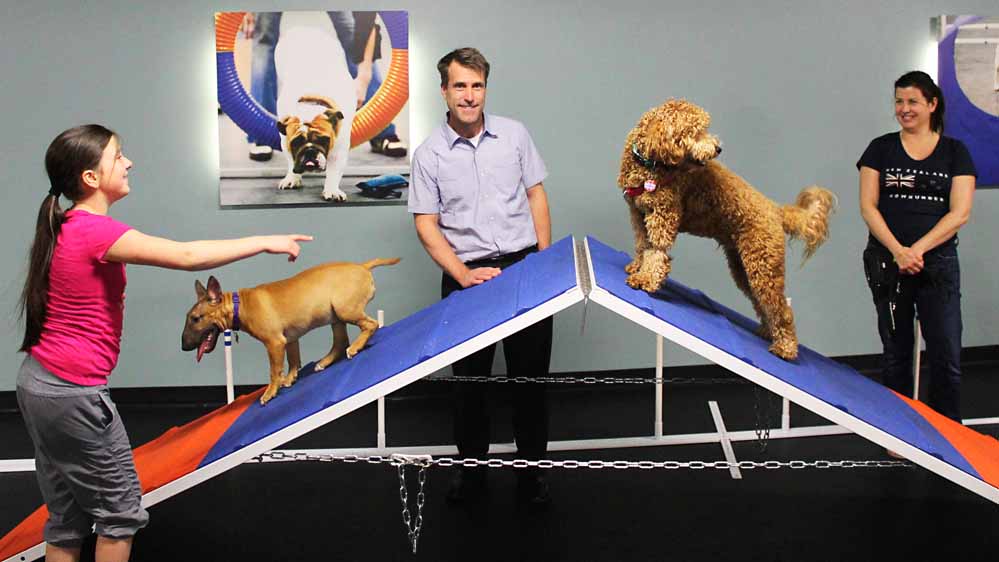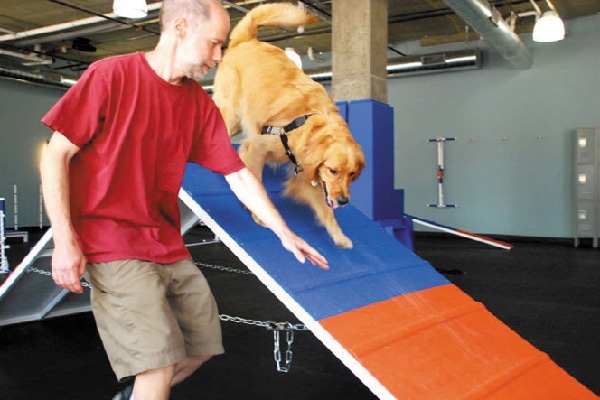
Her hobbies include travel, reading, and spending time with her husband. As an alumna of the UW School of Medicine and staunch medical student advocate with experience in data and systems analysis, she brings a unique perspective and skill set to her role. The program operations specialist position plays a key role in providing support for the promotion of a positive learning environment for students across WWAMI. Karla Kelly (she/her/hers) joined the Learning Environment team as Program Operations Specialist in 2020. Her hobbies include international travel, live music, and spending time with loved ones, including her pet rabbit. She enjoys working with individuals from diverse backgrounds and strives to maximize student learning by supporting well-being and self-advocacy in an environment honoring dignity and respect. She has a background in higher education (Ed.S.), bioethics (Erasmus Mundus master) and psychology (B.S.). Melinda Frank (she/her/hers) joined Student Affairs as Director of the Learning Environment in 2018. We take the opportunity to thank the original caretakers of this land who are still here.

Without them, we would not have access to this working, teaching, and learning environment. We acknowledge the land we occupy today as the traditional home of the Duwamish, Allied Tulalip, Muckleshoot, and Suquamish tribal nations. Learn more here: Introduction to the Learning Environment module Additionally, evaluation of the learner should be fair, impartial, objective, and unbiased.


Regardless of the environment where a student is learning or who they are learning from, a learning environment should be physically safe, psychologically secure, beneficial to the student, and with an overall sense of encouragement for the student’s learning. In addition to learning in a wide array of settings, learning takes place from a variety of teachers, including faculty, lecturers, instructors, physicians, residents, fellows, and fellow classmates. Throughout medical school, medical students learn in a variety of environments such as classrooms, small groups, testing sites, clinical skills workshops, primary care practicums, hospitals, and clinics.



 0 kommentar(er)
0 kommentar(er)
